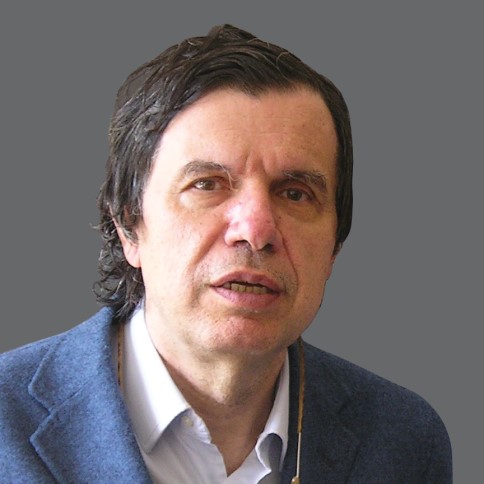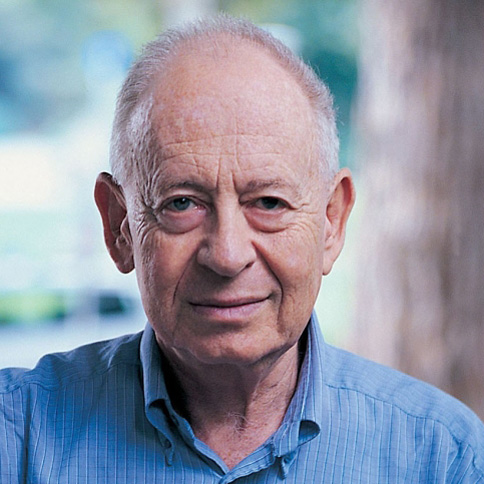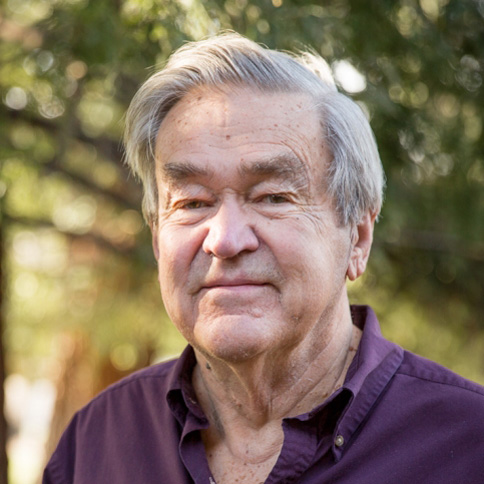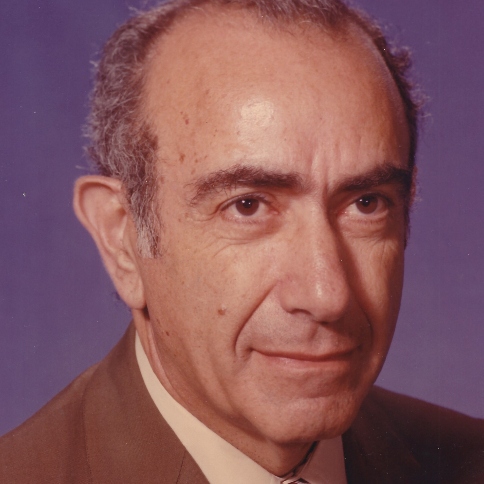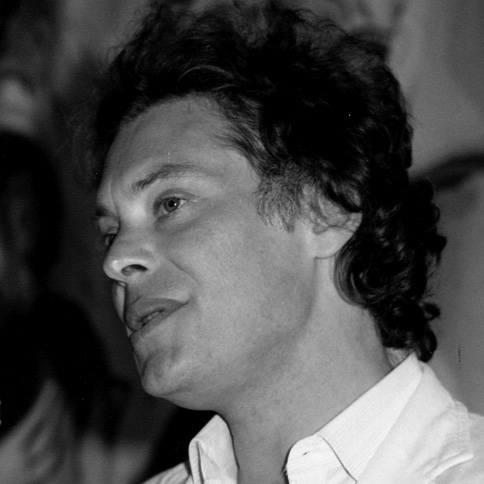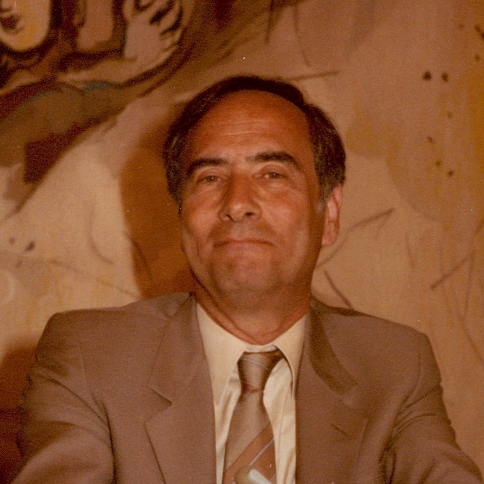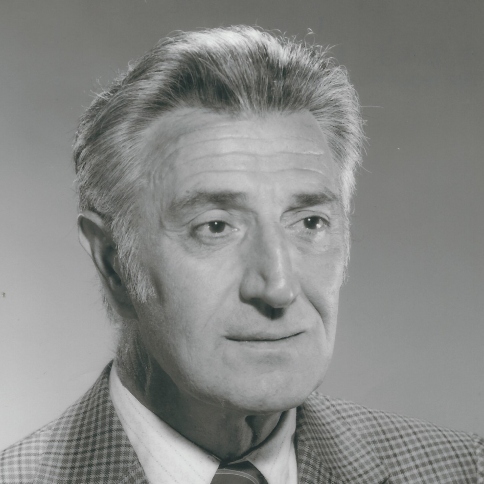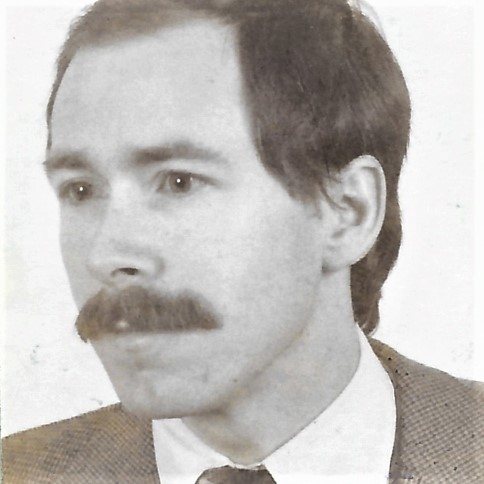
Yakir Aharonov
Wolf Prize Laureate in Physics 1998

Yakir Aharonov
Affiliation at the time of the award:
Tel-Aviv University, Israel
University of South Carolina, USA
Award citation:
“for the discovery of quantum topological and geometrical phases, specifically the Aharonov-Bohm effect, the Berry phase, and their incorporation into many fields of physics”.
Prize share:
Yakir Aharonov
Sir Michael V. Berry
Yakir Aharonov (born in 1932, Israel) completed his undergraduate education at the Technion – Israel Institute of Technology in Haifa, earning a BSc in 1956. He pursued his graduate studies at the Technion before moving to Bristol University, UK, alongside his doctoral advisor David Bohm. He received his Ph.D. degree in 1960. Following his doctoral studies, Aharonov held teaching positions at Brandeis University from 1960 to 1961 and at Yeshiva University from 1964 to 1967, both in the United States.
The work of Professors Yakir Aharonov and Michael V. Berry on topological and geometrical phases has stimulated and motivated a large amount of theoretical and experimental activity in widely different fields of physics over the last thirty years. These fields include optics, nuclear physics, fluid physics, chemistry, molecular physics, string theory, gravitational physics, cosmology, solid state physics, the foundations of quantum mechanics, and most recently, attempts to develop quantum computing. A few especially transparent examples of the diversity of their impact include the understanding of coherence and wave function entanglement phenomena in optical and electronic systems; the quantum Hall effect, flux quantization and persistent currents in normal and superconducting systems, and the chaotic evolution of a quantum system.
The basic effect of Yakir Aharonov and the late David Bohm, proposed in 1959, considers a charged particle, e.g. an electron, which quantum mechanically passes on both sides of a tube containing a magnetic flux. The electron can be confined into a region where the magnetic field in a flux tube never penetrates. There is, however, a vector potential in this field free region which produces different phases in the parts of the electron’s wave function passing to the ‘left’ or ‘right’ of the flux tube. The interference pattern depends on the flux. The existence of the Aharonov-Bohm effect, which is based on the non-locality of quantum mechanics, therefore requires an unsettling revision of classical ideas about which there is still much discussion.
In 1984, Berry showed that the adiabatic theorem of quantum and classical mechanics was incomplete in that it left out the possibility that a quantum system could also acquire a ‘geometrical phase’ which depended only upon the geometry of the parameter space and the circuit adiabatically traversed. As a generalization of the Aharonov-Bohm effect, the Berry phase is now an integral part of modern quantum physics. It is routinely used in condensed matter physics, for example in understanding flux quantization, electron beam holography, and the spontaneous polarization in ferroelectrics. Far beyond that, the introduction of ‘the Berry phase’ has served to unify geometrical and topological aspects in diverse areas of science, including field and string theory, gravitational physics, mechanics, and physical chemistry.
Although the geometrical and topological phase effects remain intuitively difficult and abstract, they have become essential ingredients in the development of practical applications like micron sized electronic devices and superconducting quantum interference devices (SQUIDS).









